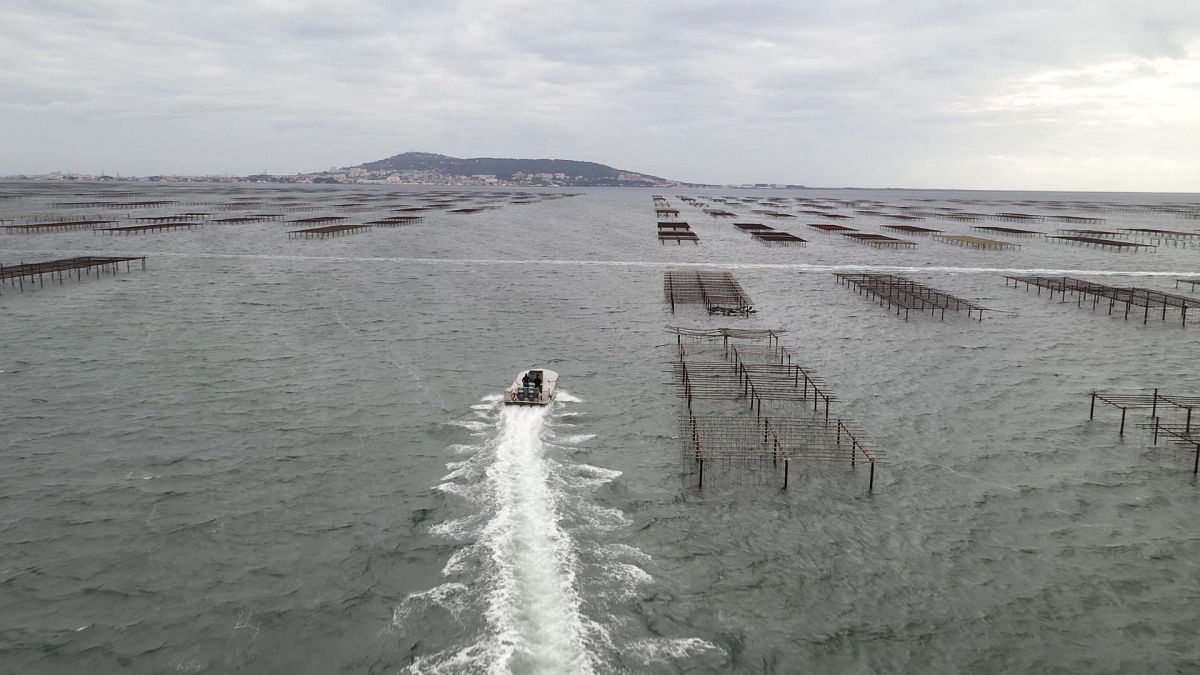EU funds help stop coastal erosion in Sète - that's in this week's Smart Regions on Euronews.
The Lido de Marseillan in Sète did not always exist - it was formed naturally about 6,000 years ago.
The 12km stretch of sand protects the Thau lagoon's ecosystem, shielding it from the sea.
The lido also protects the region’s economic and tourism activities that thrive there.
However, the area is at risk of ongoing coastal erosion and a European project has been working to save it. In this week's Smart Regions, we went there to find out more.
Yvon Iziquel is the head of natural space at Sète agglopôle méditerranée, and has witnessed the process of work carried out on it - to protect it from coastal erosion and to also redevelop it.
He explained in more detail why the work is being carried out: "We did it for several reasons. It was carried out because the road from Sète to Marseillan is an important axis of communication between the two communes.
"It is an axis which allows access to the beach as a tourist economic activity. And above all, it has also allowed us to preserve activities, such as shellfish farming in the lagoon. It has allowed us to preserve the agricultural activity of mussel farming on the Lido, and also Listel vineyards and Listel wines. It has allowed us to maintain such economic activities," he added.
"So with this work, we have gained a few decades on the natural phenomena that we cannot not prevent, which will continue its evolution, that is to say: erosion, the rise in sea level with global warming, which is a certain fact today.
"This Lido, which is a narrow strip of land between the sea and the lagoon, on average loses one metre of sand per year.
"We have recreated beaches that are 70 to 100 metres long in some places, so we can enjoy a moment of peace and quiet," he added.
The total budget for the project amounted to €55m - 28% of it was provided by the EU Cohesion Policy, and the remaining 72% by the French State.
